In the past, when Chinese tourists decided to go abroad, they would first get information from travel agencies near their home, buy an all-inclusive travel pack with guided tours for a trip in Europe lasting 2 weeks and hop on a bus filled with other Chinese tourists.
Even if the old generation still wants to go travelling this way, the intrinsic characteristics of Chinese tourists have inherently changed.
1: The Chinese tourist is younger and energetic
The new generation, the millennial generation, is taking over little by little the old wave of Chinese tourists. Young and fresh, these new Chinese tourists don’t have the same aspirations. They are living in a society, which is more and more modern in terms of infrastructures and culture. The massive arrival of global companies in industries such as hospitality, fashion, fast food, and technology helped in creating more open-minded tourists.
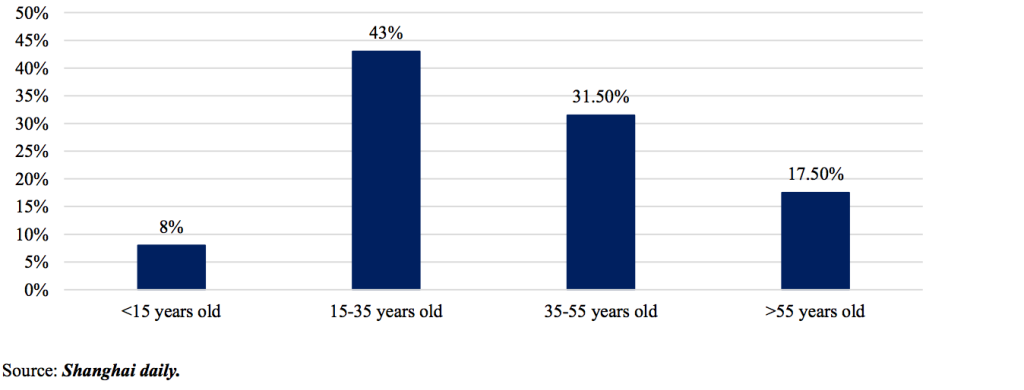
Source: SME Europe Centre – 2015 report
As you can see above, almost half of the Chinese tourists are aged between 15 and 35 years. This means that they were born between 1980 and 2000.
2: A higher standard of living
Because of China’s strong economic growth over these last 30 years, foreign companies investing in China while Chinese companies are getting bigger and investing in return assisted greatly Chinese citizens’ improved standard of living.
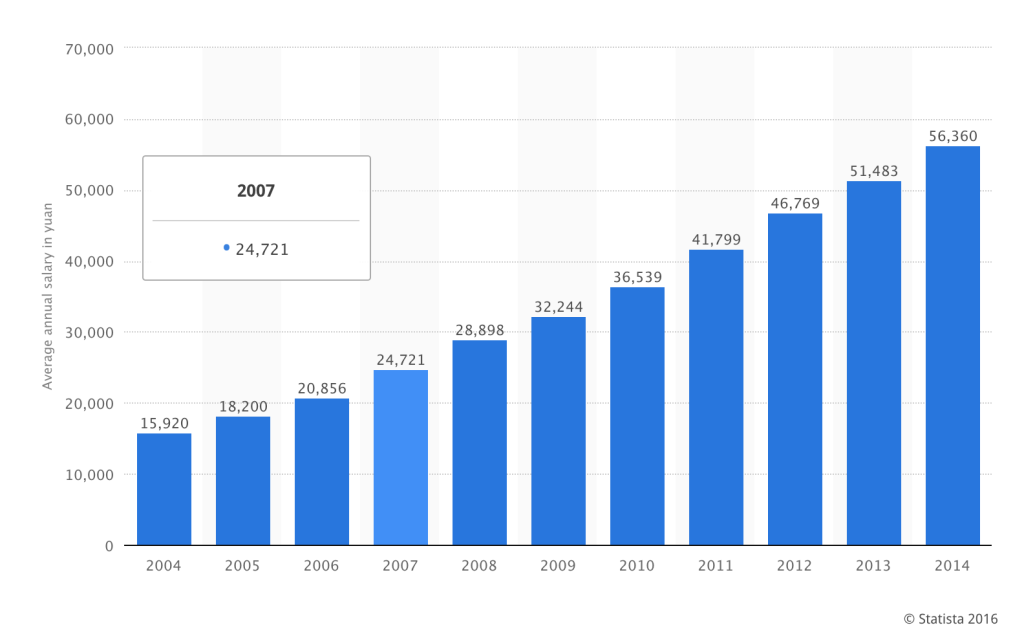
According to a study from McKinsey, in 2012, 20% of the Chinese population located in urban areas (256 million) were from the middle class, against an estimated share of more than 50% in 2022. As we can see on this graph from Statista, the annual average wage in China has been increasing incrementally over these last 10 years with a salary level multiplied by 3,5 between 2004 and 2014.
3: More independent travellers …

Not only the new Chinese tourist is young, with an improved income, but he is also more autonomous and is less afraid of the unknown. In fact, contrary to their parents or grandparents, more and more Chinese tourists of the new generation prefer travelling with a couple, with friends or even alone. The activities they are attracted to are not limited to museums or historical sites. They enjoy more leisure activities that are more atypical such as trekking.
4: Internet and social media

Today’s Chinese tourists are young, energetic and open-minded. In order to benefit from their trips and to find interesting offers, they don’t hesitate to use the wonderful Internet tool.
China is one of the most connected countries in the world with more than 660 million Internet users. Social media usage is daily in China with 9 out of 10 having at least one account on one of the most well-known Chinese social media. Thus, it’s natural for a Chinese to look for information online before buying a product or touristic service. Also, Chinese tourists believe more in online travel agencies than in traditional travel agencies (13% against 10%).
The main social media platforms in China are WeChat (Weixin), Weibo, QQ, and other several websites such as forums and blogs. Concerning searching online, Baidu is the main search engine used in China.
5: A diversity of Chinese traveller profile
According to a report published by Z Punk.de, the new Chinese tourist is not homogenous. There are different types of travellers.
The first profile is the “adventurer”.
The adventurer doesn’t really attach much importance to traditional sites and famous monuments. They mostly want to gain original experiences that are maybe more “physical” such as trekking or skiing.
The second profile is the “connoisseur”.
He is older and may be part of the Chinese highest income group. The main difference here is the fact that this kind of tourist wants to delve into the foreign culture by visiting specific local places, tasting local products such as wine or cheese, and gaining further insights.
The third profile is the “dreamer”.
They surely have a vision board or pictures of the places they have also wanted to visit. They are attracted by beautiful, romantic places. This kind of traveller may be going for example to France for their honeymoon and visit Venise to enjoy the sights. The last profile is the “relaxed tourist”. His main aim is not to visit and have sore feet but to enjoy his trip by getting away from the Chinese crowd; daily life, pollution and other variables that may hinder their happiness back at home.
All of these profiles are still strongly linked to basic Chinese cultural norms such as the
Importance of the Face « mian zi », and how do others perceive them. They don’t hesitate to share their experiences and pictures on their Chinese social media account.
6: Shopping, Shopping
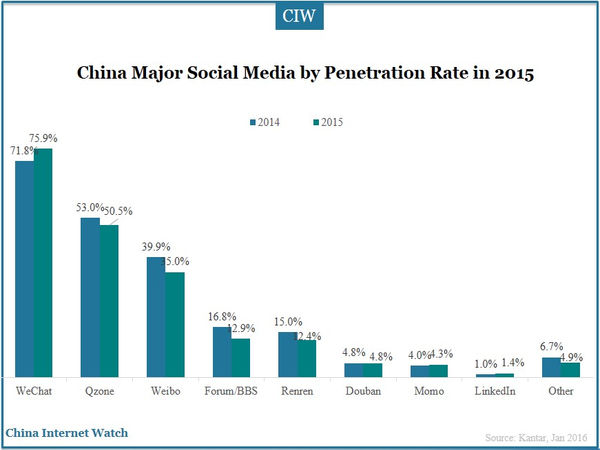
Source: China Internet Watch
Shopping
If there is one thing that didn’t change about Chinese tourists, it’s the fact they love shopping for luxury products abroad. These products are very expensive in China and are regarded as important when shown to other Chinese people. Like we said earlier, showing that we are able to pay for this kind of expensive product will improve our reputation if we are Chinese.
About 60% of the Chinese tourist budget is dedicated to Shopping. The Chinese tourist has now in average a better income and can thus spend more, in moderation of course and buy luxury items to show to their friends and family on social media platforms.
7: They don’t travel for the same reasons …
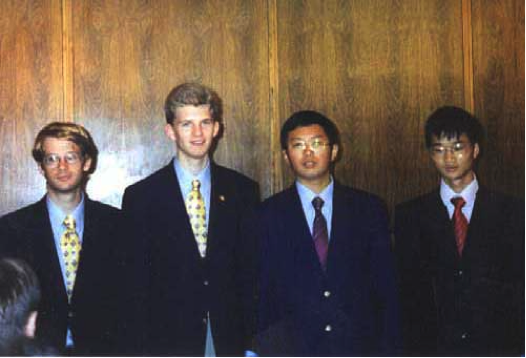
In these last few years, new niche markets emerged in the Tourism industry. Among those, there are Medical Treatment Tourism and Educational Tourism.
Medical tourism
The first niche market is Medical Tourism, which refers to Chinese people going abroad to seek treatments. These medical treatments can go from childbirth to cancer. The Convoy Union Medical Clinic offers to its Chinese clients for 10,000 USD a year a complete Check-up with online follow-up.
The main reasons Chinese people want to go abroad to receive treatment are various, some of them are the lack of personnel in hospitals, outdated equipment or technologies and low quality of delivered service to the patient.
The main destinations for illnesses and delivery are Singapore, the United States, South Korea and European countries. The Tourism organisation of South Korea welcomed 400,000 Chinese tourists to its plastic surgery hospitals.
The second niche market is Educational Tourism.
China is the bigger “exporter” of brains. Parents, even those from the middle class, do their best to send their children to study overseas: the USA, France or the UK, etc. According to an SME report, 9 out of 10 Chinese with an asset of 14 million euros want to send their children to study abroad.

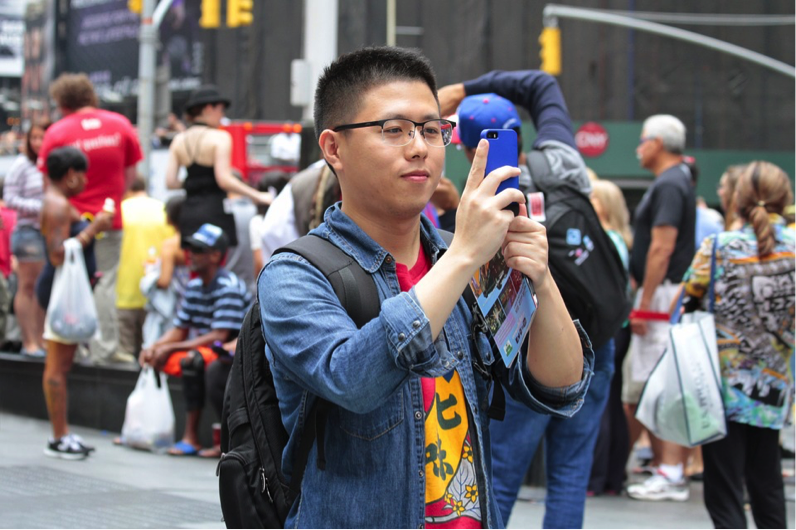
5 comments
Reginal Honger
All of this is true! We can easily notice a Chinese tourist, the keys to seducing them can change with time but basically they think before buying
Ali
I am interested in China Tourism to promote my fashion boutique.
How ca you help ?
Sarah
Yes Shopping is a great things for Tourism player with Chinese, they spend at least one day to shop.
alex
It is a good article, I advice you to maybe put a call to action at the end of your article, to let travel agencies outside of China to contact you.
Erika
Really Good article. I am a travel agency in Italy and want to attract more Chinese travellers, VIP clients . Can you help me.